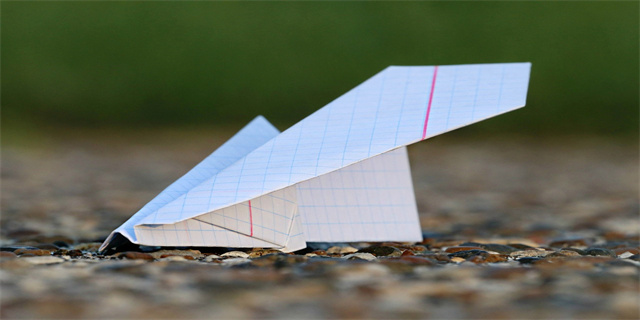Exploring the World of Projections
Introduction to Projections
A projection is a fundamental concept used in various fields such as mathematics, cartography, physics, and computer graphics. It involves transforming a three-dimensional object or surface onto a two-dimensional plane. By doing so, we can represent complex shapes or spatial relationships in a more accessible and easily understandable way. In this article, we will delve into the world of projections, understanding their significance, types, and applications.
The Significance of Projections

1. Visual Representation of Spatial Relationships
One of the primary reasons for using projections is to visually represent complex spatial relationships. In our everyday lives, we come across various objects and surfaces that are inherently three-dimensional. However, representing these objects or surfaces on a two-dimensional medium like paper or a computer screen can be challenging. Projections provide a solution by transforming these three-dimensional entities into a format that can be easily visualized and understood by humans.

2. Geographical Mapping and Cartography
Projections play a crucial role in geographical mapping and cartography. Representing the Earth's surface, which is essentially a three-dimensional sphere, onto a two-dimensional map presents numerous challenges. Different types of projections are used to map the Earth's surface onto a flat surface, such as a piece of paper or a computer screen. Each projection has its advantages and distortions, making it suitable for specific purposes. For example, the Mercator projection preserves angles and shapes, making it useful for navigation, while the Robinson projection minimizes distortion in size, making it ideal for displaying global information.

3. Computer Graphics and Visualization
In the field of computer graphics and visualization, projections are extensively used to create realistic 3D scenes on a two-dimensional display. By applying appropriate projections, three-dimensional objects and scenes are rendered onto two-dimensional screens, providing users with a realistic representation. This is accomplished by considering the position and orientation of the viewer relative to the scene, thus allowing for an immersive experience.
Types of Projections
1. Perspective Projections
Perspective projections simulate how our eyes perceive the world. They take into account the position and orientation of the viewer and create an image that mimics how we would see the scene in real life. Perspective projections are widely used in computer graphics, virtual reality, and video game development to create a realistic sense of depth and immersion.
2. Orthographic Projections
Orthographic projections do not take into account the viewer's position or orientation. Instead, they project the three-dimensional object onto a two-dimensional plane without any distortion or foreshortening. This makes orthographic projections useful in technical drawings, engineering, and architecture, where accurate measurements and representation of object geometry are crucial.
3. Map Projections
Map projections are specifically designed to represent the Earth's surface on a two-dimensional map. There are various types of map projections, each with its strengths and weaknesses. Some common map projections include the Mercator projection, the Robinson projection, the Lambert Conformal Conic projection, and the Azimuthal Equidistant projection. The choice of projection depends on the purpose of the map and the area of the Earth being represented.
Applications of Projections
1. Navigation and GPS Systems
Projections, particularly those used in cartography, play a vital role in navigation and GPS systems. By using the Mercator projection or other suitable map projections, accurate and reliable navigation charts can be produced. GPS systems utilize projections to translate latitude and longitude coordinates onto flat surfaces, allowing users to navigate and determine their exact position on Earth.
2. Architecture and Urban Planning
Projection techniques are extensively used in the fields of architecture and urban planning. Orthographic projections enable architects and planners to create accurate scale drawings of buildings, infrastructure, and entire cities. This facilitates the design, analysis, and visualization of structures, assisting in the decision-making process and ensuring efficient and harmonious urban development.
3. Virtual Reality and Simulation
Projections are integral to the immersive experiences provided by virtual reality and simulators. By using perspective projections, realistic 3D environments can be created, making users feel as if they are part of a different world or scenario. This technology finds applications in fields such as gaming, flight simulators, medical training, and architectural walkthroughs.
Conclusion
Projections play a significant role in visual representation, mapping, computer graphics, and various other fields. Through projections, complex three-dimensional objects and surfaces can be transformed into more accessible two-dimensional formats. From representing the Earth's surface on a map to creating immersive virtual reality experiences, projections are crucial in enhancing our understanding, communication, and interaction with the world around us.





